Namak & More: The Salty Secrets Behind India’s Spiciest Flavors!
If you’ve ever tasted the fiery tang of a chaat, the comforting warmth of dal tadka, or even the zing of roadside golgappas, there’s a good chance you've encountered the unsung hero behind it all: namak. This humble yet mighty ingredient plays a starring role in Indian cuisine, transforming dishes from bland to brilliant with just a pinch.
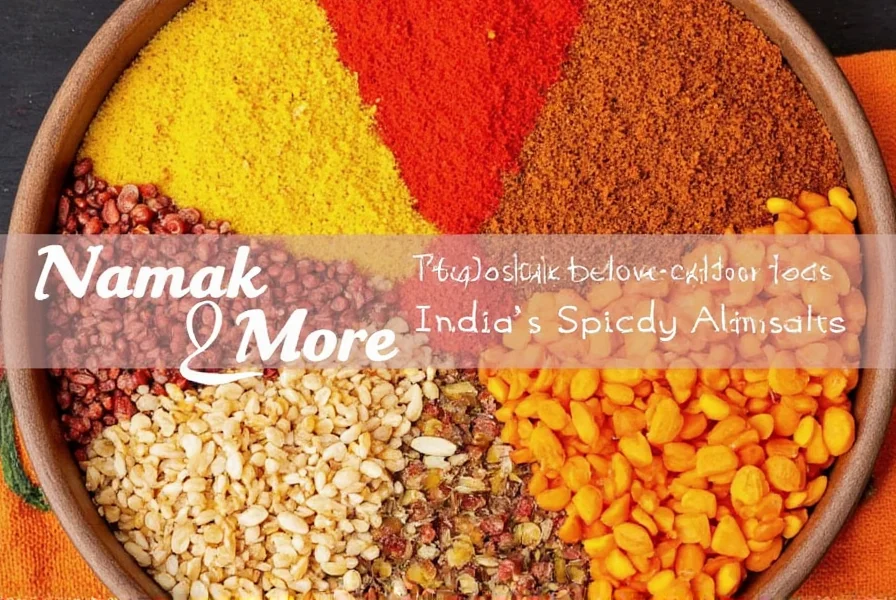
Table of Contents
- What is Namak? Understanding India's Signature Salt
- Why Namak Matters in Indian Cooking
- Types of Namak You Should Know About
- How to Use Namak Like a Pro
- Buying Guide: Choosing the Best Namak for Your Kitchen
- Global Salt Traditions: How India Stands Out
- Final Thoughts
What is Namak? Understanding India's Signature Salt
“Namak” is the Hindi word for salt, but in Indian culinary culture, it means much more than the sodium chloride we’re used to seeing on our dinner tables. From black salt to rock salt, each type brings a unique flavor profile and functional use that goes beyond just salinity.

In many regional Indian kitchens, namak isn’t just a seasoning—it’s an essential component that balances flavors, enhances aromas, and even aids digestion. Let’s break down the most popular types you’ll encounter:
Rocks, Crystals, and Black Magic: Types of Namak
| Type of Namak | Flavor Profile | Common Uses |
|---|---|---|
| Saindhav Namak (Himalayan Pink Salt) | Mild, mineral-rich, slightly sweet | Cooking, finishing touch on salads and desserts |
| Kala Namak (Black Salt) | Pungent, eggy, sulfurous aroma | Chaat, fruit salads, vegan egg substitutes |
| Sabudana Namak (Rock Salt) | Earthy, less salty than regular salt | Fasting dishes like sabudana khichdi |
| Sendha Namak | Similar to Himalayan salt | Religious offerings, fasting meals |
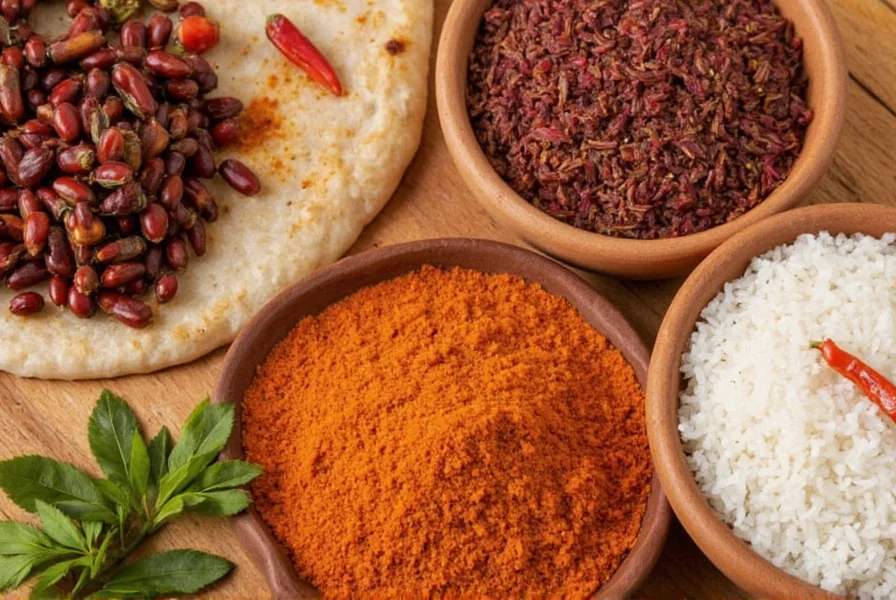
Why Namak Matters in Indian Cooking
Think of namak as the director of flavor in a Bollywood blockbuster — subtle yet indispensable. In Indian cuisine, especially, namak doesn’t just add saltiness; it activates other spices and makes them shine. Ever noticed how chili feels hotter when paired with salt? That’s no accident — it’s chemistry in action.
The Science of Flavor Enhancement
Salt helps suppress bitterness while enhancing sweetness, sourness, and umami. When you sprinkle kala namak on papdi chaat, it doesn't just make it salty — it sharpens the tang of tamarind, intensifies the spice of green chutney, and gives every bite a savory punch.
Balancing Spice and Heat
Indian dishes often walk a tightrope between spice and balance. Too much chili can overwhelm the palate — that’s where namak steps in. It acts as a mediator, rounding out the heat and making your taste buds ready for more.
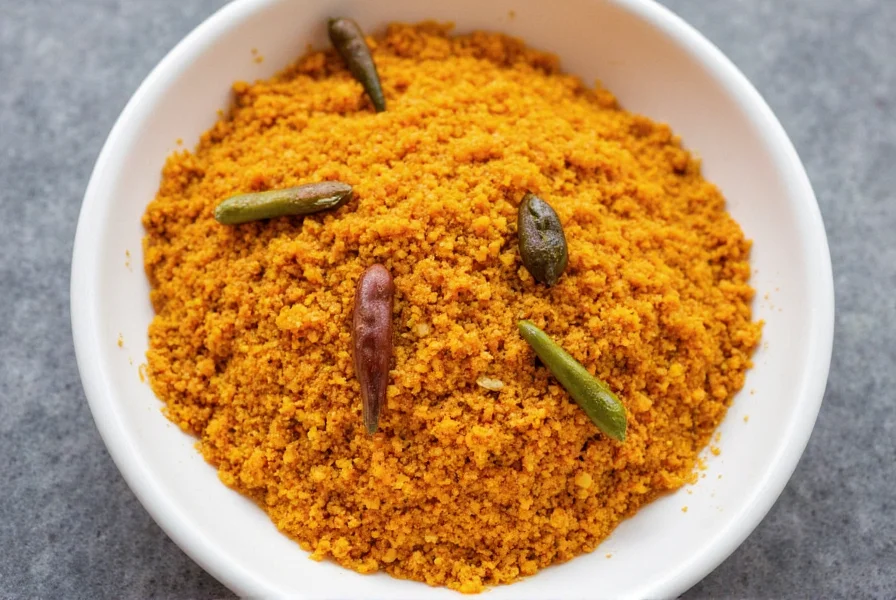
Types of Namak You Should Know About
Each type of namak has its own identity, and understanding their differences can elevate your cooking game. Here’s a quick breakdown of the most popular varieties:
- Kala Namak: Also known as black salt, it’s a must-have for chaat lovers. Its distinct sulfurous smell mimics the flavor of boiled eggs, which is why vegans love it in tofu scrambles and chutneys.
- Himalayan Saindhav Namak: This pink-hued salt is rich in minerals and has a clean, smooth flavor. Great for roasting, marinating, or simply sprinkling over roasted veggies.
- Sabudana Namak: Used during fasting rituals, this rock salt is milder and earthier. Perfect for vrat-friendly recipes like sabudana khichdi or farali puri.
- Sendha Namak: Often offered during religious ceremonies, this unrefined salt is believed to be pure and spiritually significant. Also ideal for light seasoning during fasts.
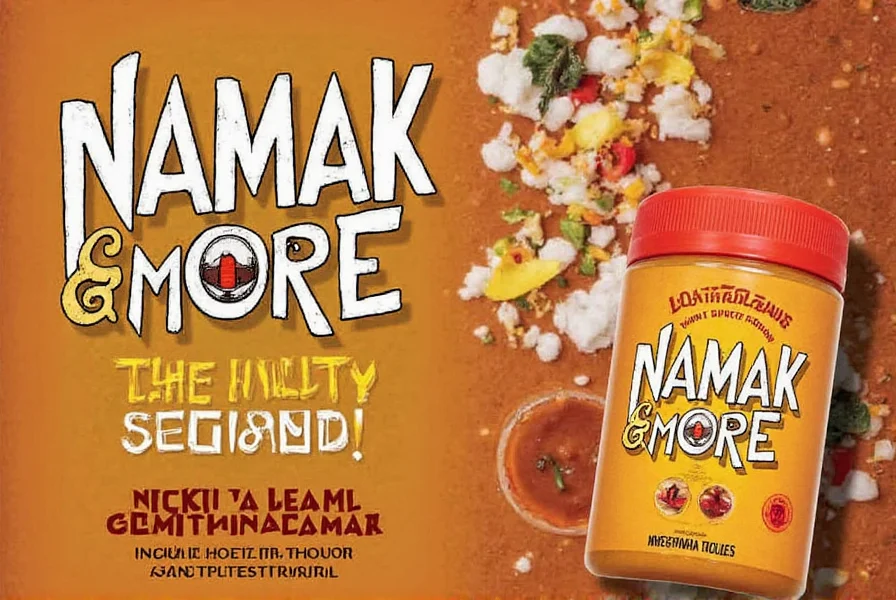
How to Use Namak Like a Pro
Want to impress your friends at the next dinner party with authentic Indian flair? Here are some pro tips on using namak in your everyday cooking:
1. Sprinkle Kala Namak on Chaat for Authentic Flavor
Chaat without kala namak is like a Bollywood movie without music — missing something vital. A dash of this pungent salt will transport your tastebuds straight to Delhi street food heaven.
2. Finish Dishes with Saindhav Namak
Add a pinch of Himalayan pink salt right before serving grilled meats, roasted vegetables, or soups. Its subtle minerality complements smoky or caramelized flavors beautifully.
3. Use Sabudana Namak During Fasts
If you're observing Navratri or Shivratri fasts, stick to sabudana namak. It enhances flavor without breaking religious dietary rules. Try it in your next vrat thali.
4. Grind Fresh Salt for Maximum Impact
Just like black pepper, grinding whole salt crystals fresh releases more volatile compounds, giving you a stronger flavor punch. Use a mortar and pestle or salt grinder for best results.
5. Pair Salt with Citrus for Zesty Magic
In dishes like dahi bhalla or lemon rice, pairing salt with lime juice creates a vibrant flavor contrast. Don’t be afraid to experiment — sometimes a little acidity can make salt pop even more.
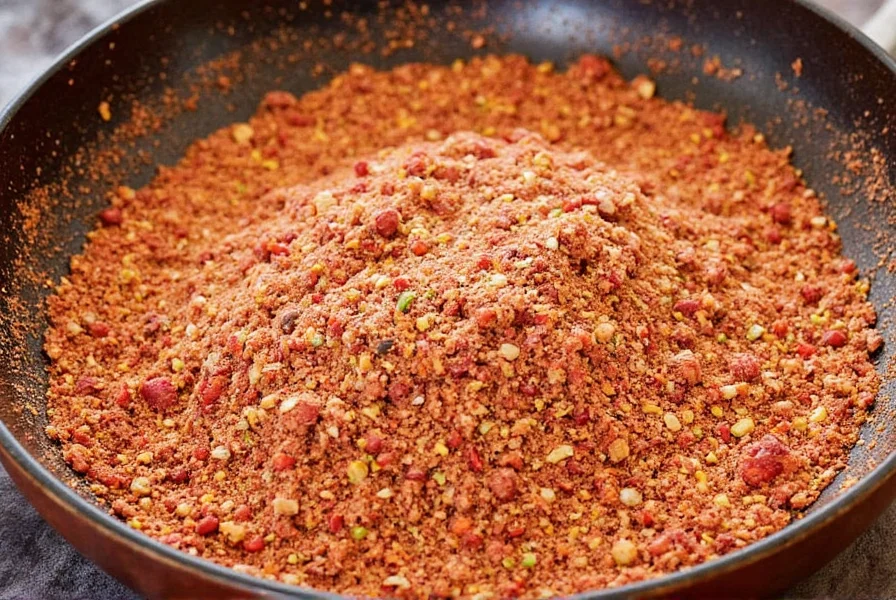
Buying Guide: Choosing the Best Namak for Your Kitchen
With so many options on the market, how do you pick the right namak? Here’s a detailed guide to help you choose wisely based on your needs and kitchen habits:
| Name | Best For | Pros | Cons | Price Range |
|---|---|---|---|---|
| Kala Namak (Black Salt) | Chaat, vegan egg dishes, digestive benefits | Unique flavor, rich in iron, easy to find | Strong smell may not appeal to everyone | $5–$10 |
| Saindhav Namak (Pink Salt) | General cooking, finishing touches, grilling | Mild flavor, aesthetically pleasing, mineral-rich | More expensive than table salt | $8–$15 |
| Sabudana Namak (Rock Salt) | Fasting meals, Ayurvedic uses | Natural, pure, neutral flavor | Less versatile outside fasting recipes | $4–$7 |
| Sendha Namak | Spiritual offerings, fasting days | Believed to be sacred, widely available | Soft texture may crumble easily | $3–$6 |
Pro Tips for Buying Namak
- Buy in bulk if you cook often: Salt is shelf-stable, so stock up to save money in the long run.
- Opt for organic and unrefined versions: These retain more minerals and flavor compared to processed table salt.
- Check for authenticity: Especially with Himalayan salt — look for certifications and avoid products with additives.

Global Salt Traditions: How India Stands Out
Salt is universal — from Japan’s fleur de sel to France’s gray sea salt — but India’s approach to namak is uniquely layered. Unlike Western traditions that often view salt as a single seasoning, Indian cuisine embraces multiple forms, each with its own ritualistic, medicinal, and culinary role.
A Comparison of Global Salt Practices
| Region | Main Salt Type | Cultural Significance | Typical Use |
|---|---|---|---|
| India | Kala Namak, Saindhav Namak | Used in fasting rituals, healing practices, and daily meals | Cooking, finishing, and balancing flavors |
| France | Fleur de Sel, Sel Gris | Luxury ingredient prized by chefs | Finishing dishes, gourmet salts |
| Japan | Shio (sea salt) | Integral to traditional Japanese diet and tea ceremonies | Seasoning miso, sushi, ramen |
| Peru | Maras Salt | Historically harvested by Incas | Grilled meats, sauces |
What Makes Indian Salt Unique?
India stands out because of its cultural diversity around salt usage. Each region has developed specific preferences based on climate, local resources, and spiritual beliefs. Whether it’s black salt in chaats or rock salt during fasting months, namak in India is both a science and an art form.
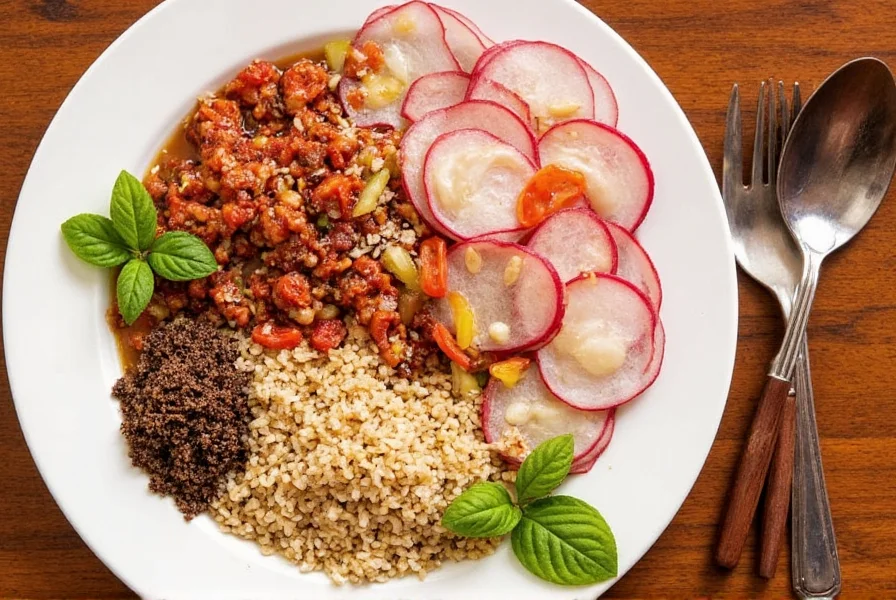
Final Thoughts
So, the next time you reach for that shaker, remember: namak isn’t just about making food salty — it’s about bringing out the soul of the dish. From the earthy crunch of sabudana namak to the dramatic sulfur notes of kala namak, every grain tells a story rooted in centuries of tradition, flavor, and culture.
Whether you’re a seasoned home chef or just dipping your toes into Indian cuisine, embracing the magic of namak can take your cooking from basic to brilliant. So go ahead — shake things up, and let the salt tell its story one delicious bite at a time.
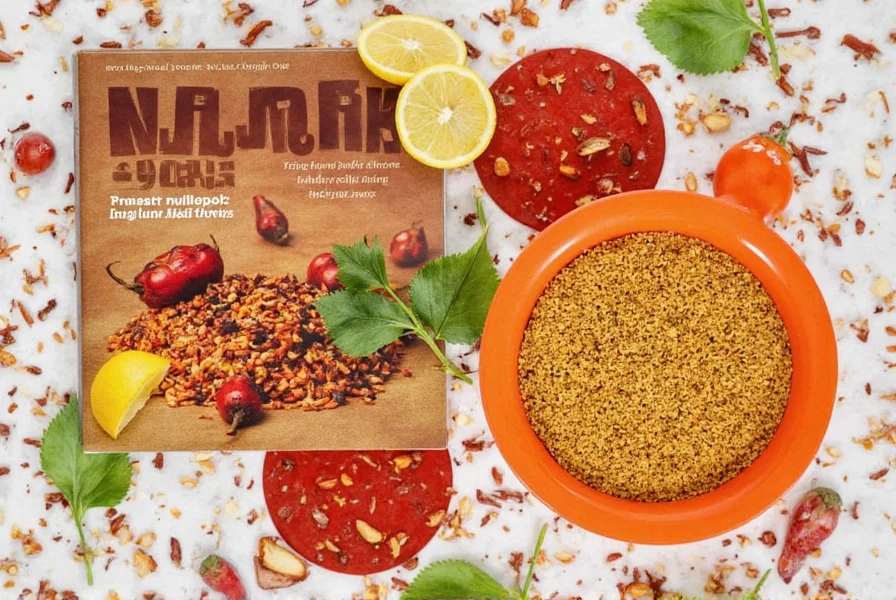
Happy cooking, and don’t forget to season generously — but thoughtfully!











 浙公网安备
33010002000092号
浙公网安备
33010002000092号 浙B2-20120091-4
浙B2-20120091-4